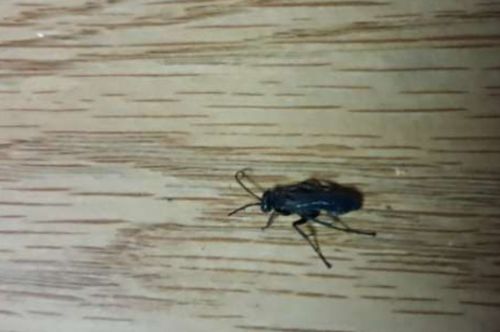Fungus Gnat
Scientific Name: Bradysia spp. (for darkwinged fungus gnats) or various genera within Mycetophilidae
Order & Family: Order: Diptera, Family: Sciaridae (darkwinged fungus gnats) or Mycetophilidae (true fungus gnats)
Size: 2 to 8 mm (adults)

Natural Habitat
Fungus gnats are commonly found in moist environments, particularly around potted plants, greenhouses, hydroponic systems, and anywhere organic material is decomposing. They thrive in damp soil.
Diet & Feeding
Adult fungus gnats primarily feed on fungi and decaying organic matter, though some may consume plant sap. Larvae feed on fungi, decaying plant material, and sometimes on delicate plant roots.
Behavior Patterns
Fungus gnats are typically attracted to moist environments and decaying organic matter. Adults are not strong fliers and are often seen near potted plants or windows. Larvae burrow into the soil or growing medium.
Risks & Benefits
Potential risks include damage to plant roots, especially young seedlings, leading to wilting, stunted growth, or plant death. They can also be a nuisance indoors. Benefits are minimal, though they contribute to decomposition in natural environments.
Identified on: 8/27/2025